Sponsored Articles
Surbana Jurong spearheads infrastructure sustainability in Singapore
Surbana Jurong spearheads infrastructure sustainability in Singapore
It is the first firm in the country to have Infrastructure Sustainability Accredited Professionals.
Invest safely in SMEs through this innovative online financing platform
With SmartFunding, investors can lend money to various SMEs and enjoy double-digit returns.
How advisors can remain relevant as more customers turn online
MoneySmart provides data-driven insights on the ‘phygital’ experience that customers want.
Change management success or failure depends on one thing: people
Global consultancy Daggerwing Group unveils why change fails and how they help organisations do change right
Germany’s forward-looking initiatives and offerings know no borders
Ready for take-off! Airport Region Berlin Brandenburg - a world-class region for business and technology
Axis Communications offers solutions as businesses power through the post-pandemic era
More than providing security systems, the global market leader leverages its network-based solutions to meet the customers' changing needs.
Simplified infrastructure planning with the Local Edge Configurator
Article by Michael Kurniawan, Vice President - Singapore, Malaysia & Brunei, Secure Power Division, Schneider Electric.
How DCIM can Help Utility Companies
Article by Michael Kurniawan, Vice President - Singapore, Malaysia & Brunei, Secure Power Division, Schneider Electric.
Tricor Group launches Digital Client Portal
New Tricor digital platform sets standard for effortless client experience in Singapore.
Top Employers Institute celebrates 30 years of helping organisations enrich the world of work
The company is looking forward to another 30 years of striving for the best in HR.
Singapore In Search Of ‘Green-collared’ Professionals As Agritech Gains Ground
Singaporeans can jumpstart a new career in this rapidly growing field by upskilling with NTUC LearningHub.
Mitigating business risks and ensuring regulatory compliance through robust due diligence
Nexis Diligence™, from LexisNexis® allows organisations to access extensive business intelligence through a convenient single interface.
Here’s how Singpass can help organisations digitalise and enhance digital services
Businesses can boost growth by providing a seamless customer experience with Singpass APIs.
Why colocation providers should set sustainability goals
Colocation providers have a vital role to play in sustainability. They can influence other industries and move the needle towards a greener future by turning to more energy-efficient infrastructure or renewable energy sources.
Three common mistakes in designing your data centre deployment
Designing a new data centre that is energy efficient can be challenging in tropical climates such as Singapore. It is also an exercise fraught with potential pitfalls when one considers stringent requirements around availability, performance, and cost.
Schneider Electric reaches number 1 spot for sustainability in its sector by ESG rating agency Vigeo Eiris
Schneider confirms inclusion within FTSE4Good Index and main Euronext Vigeo Eiris indices among world sustainability leaders.
How sustainability can differentiate your brand and increase commercial building value
As the world economy recovers from the impacts of the COVID-19 pandemic, building owners and operators are facing a range of new challenges. This post will discuss how making your buildings more sustainable can help you meet these challenges by strengthening your brand.

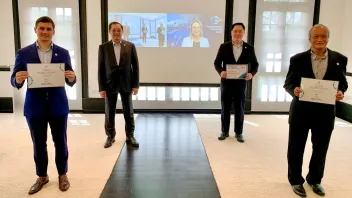





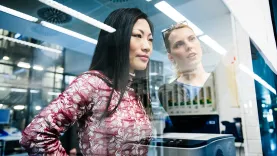
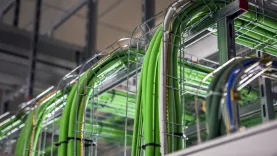
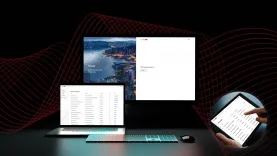


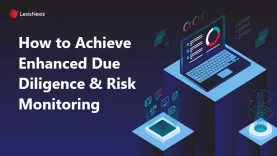

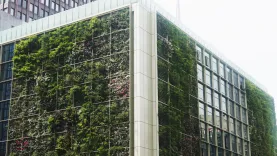
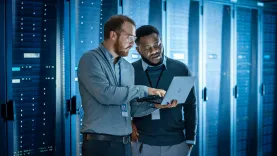



 Advertise
Advertise





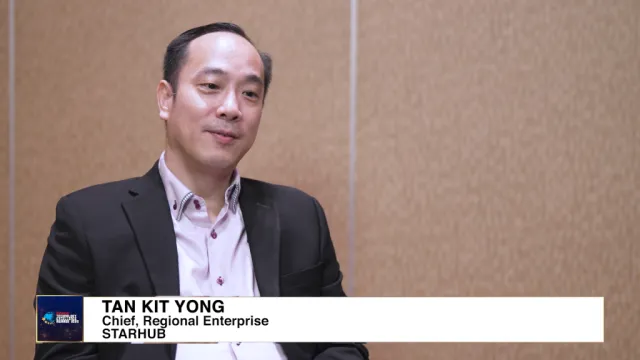



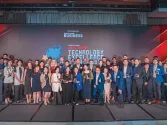





Commentary
What the global financial crisis can teach Singapore about decision-making today
Singapore is ready for EVs, but the industry needs to catch up
Navigating public–private collaboration in Singapore’s health tech and life sciences landscape
SG60: What the next 10 years have in store for Singapore’s investment landscape